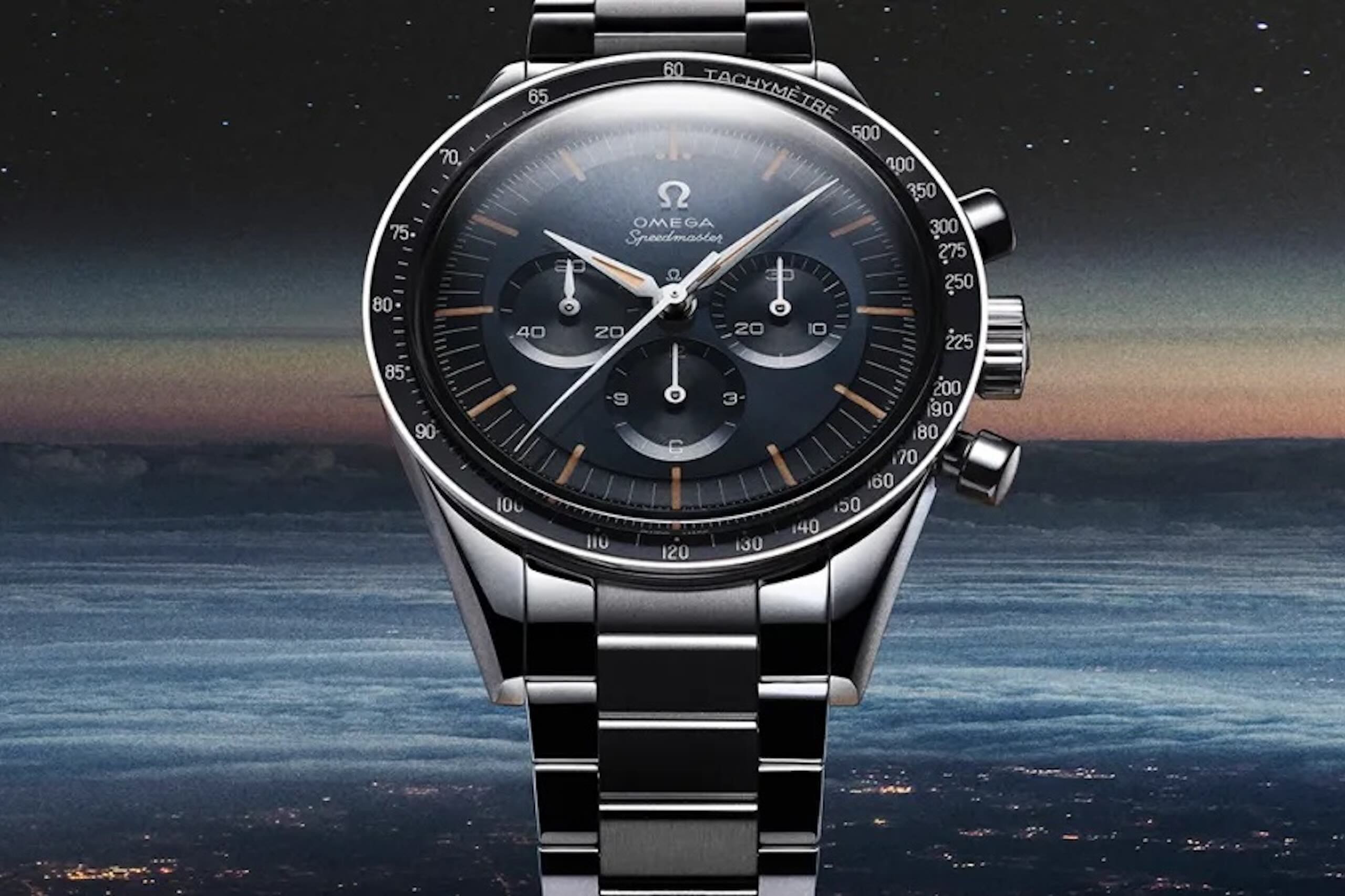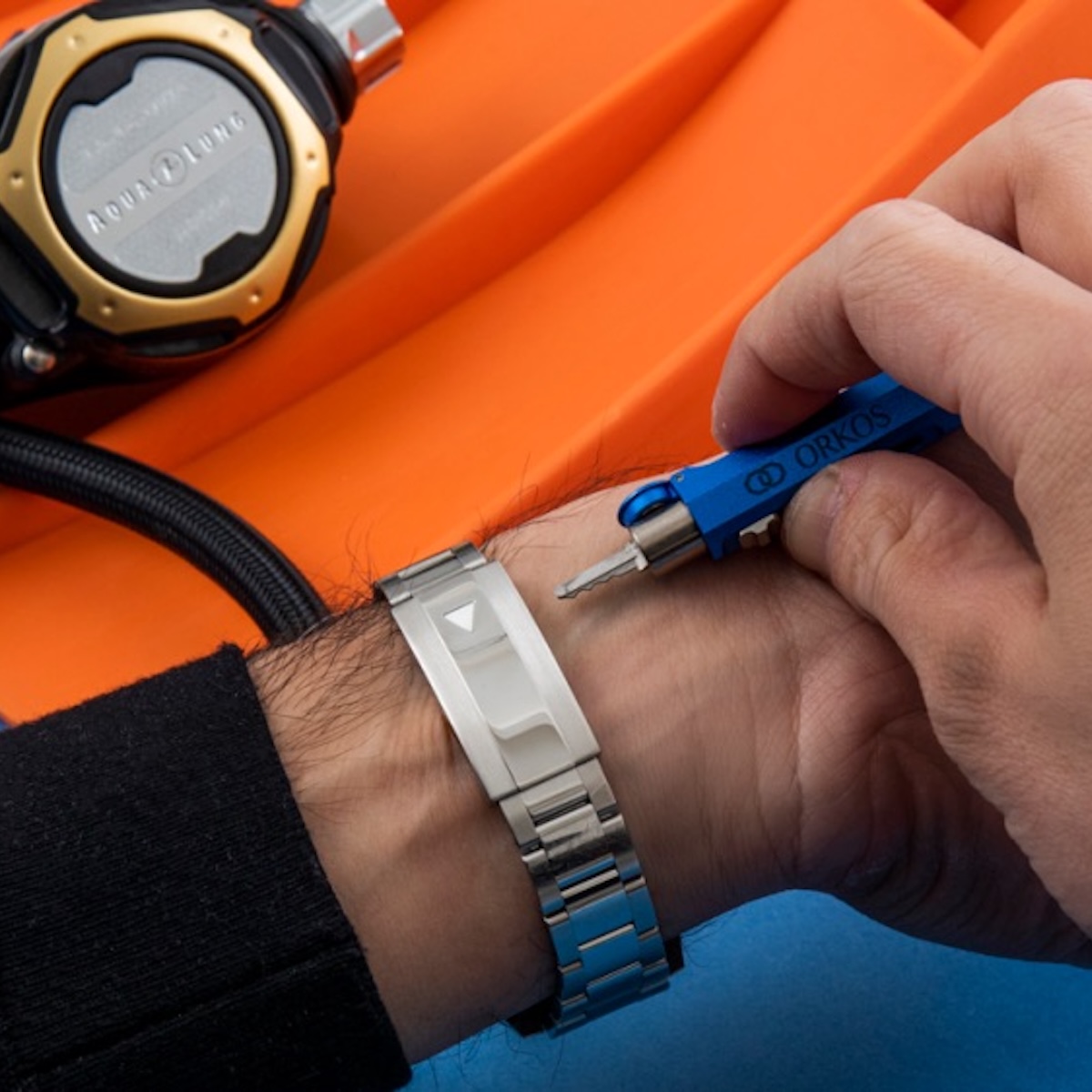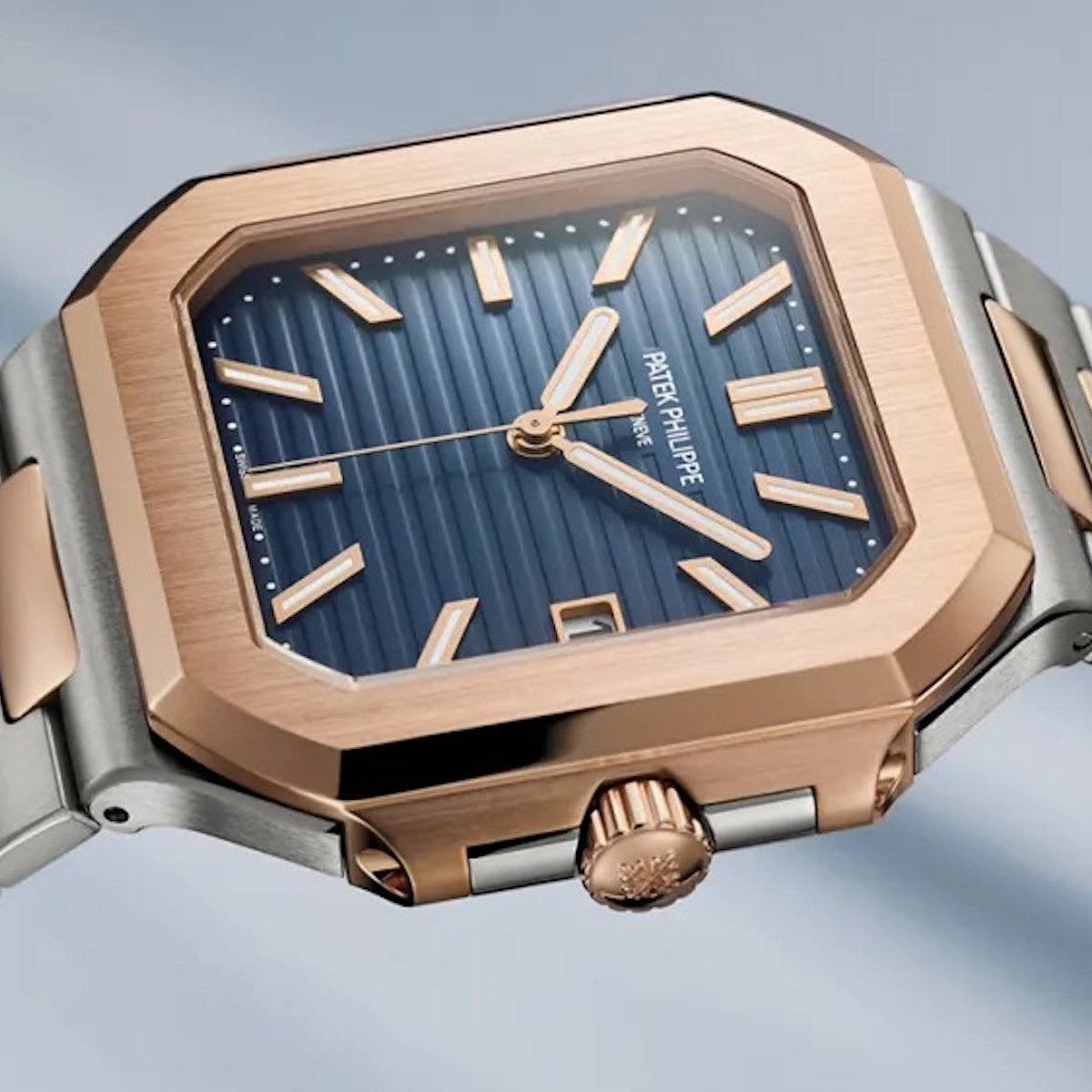It was one small decision for Omega, one giant win for watch collectors.
The Swiss watchmaker has re-released the first Speedmaster that went to space, combining classic 1950s styling with modern horological innovations.
Launched in 1959, the original watch (Ref. CK 2998) was the successor to the first Speedmaster model that Omega unveiled in 1957. It featured a symmetrical 39.7 mm case, a dark bezel, and slender Alpha hands that set it apart from the previous iteration. NASA astronaut Walter “Wally” Schirra famously wore the second-gen Speedy on the Mercury-Atlas 8: Sigma 7 mission of 1962, earning it the title of “first Omega in Space.” Omega did drop a model in 2012 to honour this feat but discontinued it in 2021. The “First Omega in Space” is now back, with a bold new look.
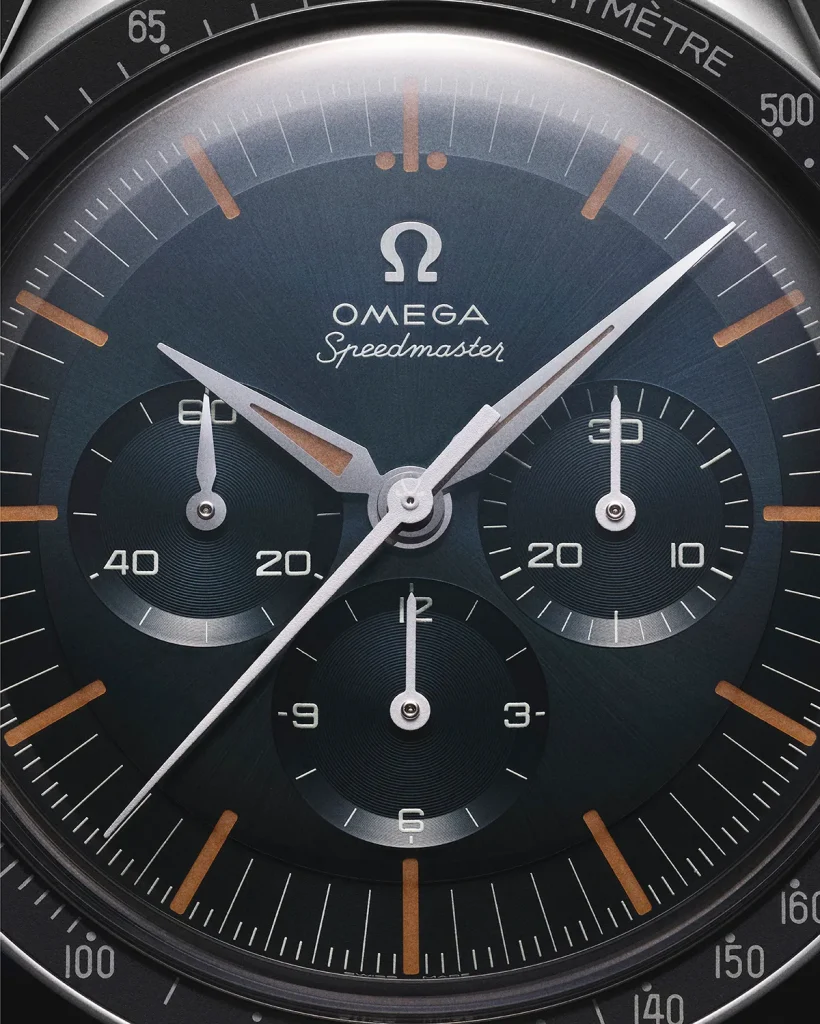
Image courtesy of Omega
The contemporary release takes design cues from the CK 2998, maintaining the same polished-brushed stainless-steel case, triple-register chronograph display, and domed crystal. The CVD-coated dial is finished in a grey-blue hue that appeared on some CK 2998 models produced in the 1960s, while the black aluminium bezel features the signature “Dot-Over-Ninety” tachymeter bezel synonymous with the earliest Speedys. The hour markers and Alpha hands are filled with Super-LumiNova in a golden hue that gives an aged quality. In keeping with that historic feel, vintage Omega logos have been added to the dial and crown.
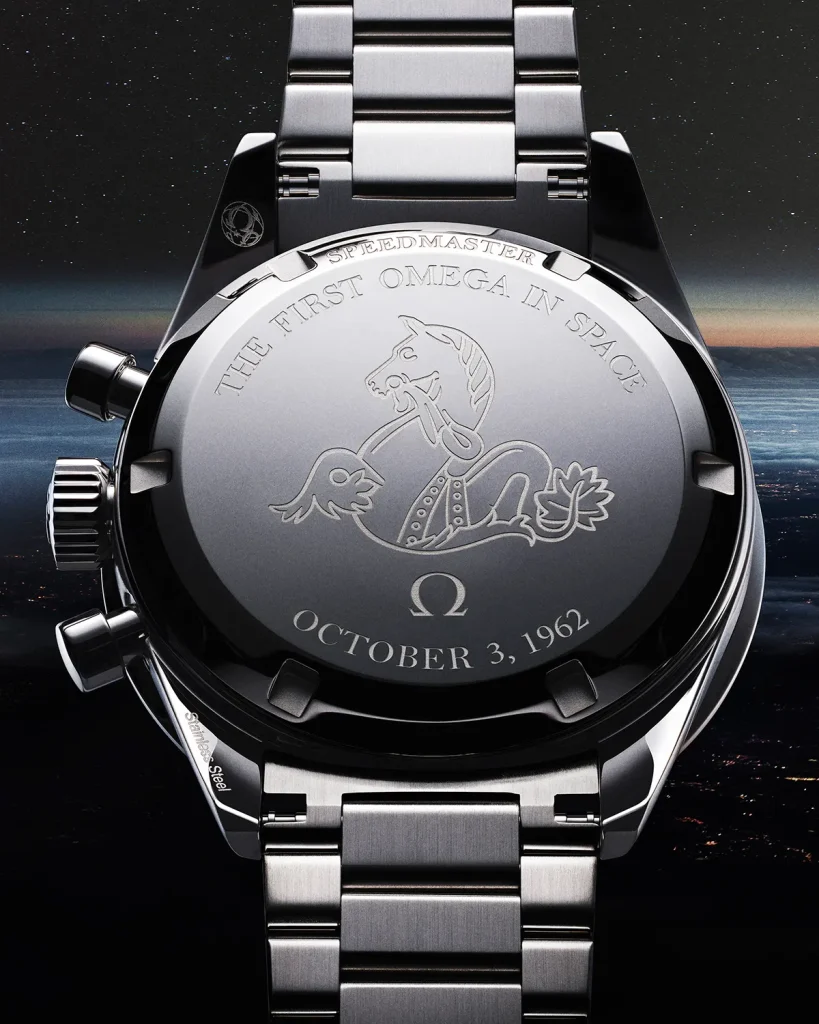
Image courtesy of Omega
The major difference between the two is the movement. The original was powered by the Calibre 321, while the modern edition is driven by the Calibre 3861. The hand-wound movement, which has the all-important Master Chronometer certification from METAS, offers the highest standard of precision, performance, and magnetic resistance, according to Omega. It has a frequency of 21,600 beats per hour (3 Hz) and a power reserve of 50 hours.
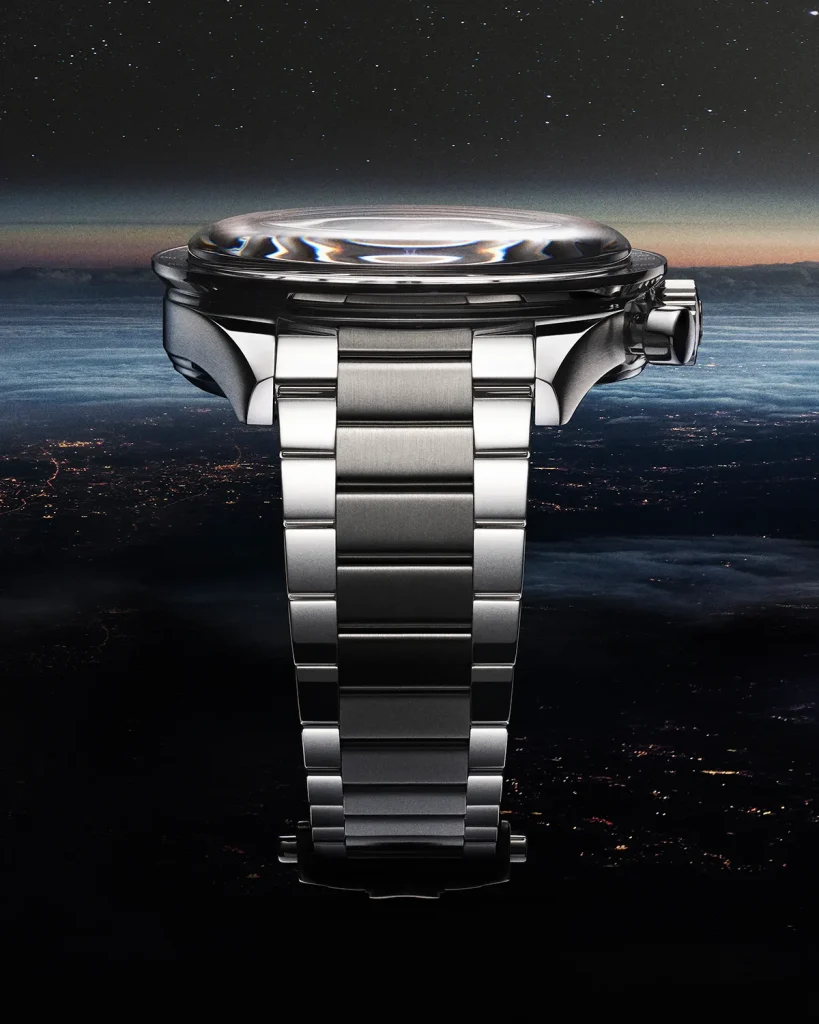
Image courtesy of Omega
The new Speedmaster also has a couple of special, sentimental touches. The caseback showcases an integrated Seahorse medallion and the engravings “Speedmaster,” “The First Omega in Space” and “October 3, 1962.” The latter is the date that the Mercury-Atlas spacecraft took off from the Canaveral Air Force Station in Florida, orbiting the Earth six times, before landing in the Pacific Ocean. Schirra was the sole occupant of the spacecraft, completing the nine-hour mission with his trusty Speedmaster on his wrist.
The new Speedmaster First Omega in Space costs US$7,500 (HK$58,265) with a leather strap or US$7,900 (HK$61,375) with a steel bracelet.





